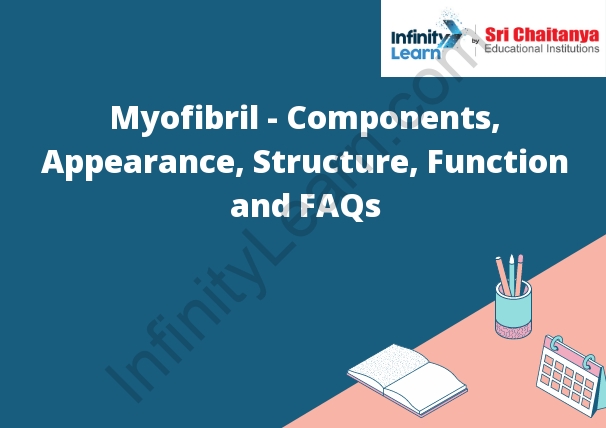Table of Contents
What is a Myofibril?
A myofibril is a long, thin, cylindrical organelle found in the cytoplasm of muscle cells. Each myofibril is made up of many smaller myofilaments. Myofilaments are composed of two proteins: actin and myosin. These proteins interact with one another to create the contractile force that powers muscle movement.

The Muscle
The muscle memory technique a method used to improve athletic performance. The technique involves repeatedly practicing a particular athletic skill until the skill automated and also can performed without conscious thought. This technique can used to improve any skill, including sports skills, academic skills, and musical skills.
Myofibril Definition
Myofibrils are long, cylindrical, protein structures that make up muscle fibers. They are composed of two proteins, myosin and actin, which are responsible for muscle contraction. Myofibrils surrounded by the sarcolemma, the membrane of a muscle fiber.
Structure of Myofibril
- A myofibril is a long, cylindrical protein filament that makes up a muscle fiber. Each myofibril composed of many smaller protein filaments called myofilaments. Myofilaments composed of three proteins: myosin, actin, and tropomyosin.
- Myosin is a thick, filamentous protein that forms the backbone of the myofibril. Actin is a thin, filamentous protein that forms the outside of the myofibril. Tropomyosin is a thin, filamentous protein that covers the actin molecules and prevents them from binding to myosin.
- When a muscle contracts, the actin and myosin filaments slide past each other, causing the muscle to shorten.
How to Label the Myofibril and Its Components?
The myofibril is a long, cylindrical protein that makes up the muscle fiber. It made up of the myosin and actin proteins, which are responsible for muscle contraction. The myofibril has a number of components, including the Z-line, the I-band, the A-band, and the M-line.
The Appearance of the Myofibrils
The myofibrils are the contractile proteins in muscle cells. They are long, thin filaments that run the length of the cell. Myofibrils composed of two proteins: myosin and actin. Myosin is the thick protein and actin is the thin protein.
Myofibrils are not visible with a light microscope. However, they can seen with a electron microscope. When a muscle cell cut in cross-section, the myofibrils can also seen as thin, dark lines running through the cell.
Functions of Myofibril
- Myofibrils are long, thin, cylindrical structures that make up the muscle cells. They composed of two proteins, myosin and actin, which are responsible for the muscle cell’s ability to contract. Myofibrils surrounded by the cell’s cytoplasm and also anchored to the cell membrane.
- Myofibrils are responsible for the muscle cell’s ability to contract. They do this by using the energy from the cell’s ATP to change the shape of their proteins. This change in shape causes the myofibrils to shorten, which in turn, causes the muscle cell to contract.
- Myofibrils also play a role in the cell’s ability to generate force. They do this by working together with the cell’s sarcoplasmic reticulum. The sarcoplasmic reticulum is responsible for storing and releasing the calcium ions that are necessary for the muscle cell to contract. The myofibrils help to release these calcium ions by working together with the sarcoplasmic reticulum to create a wave of contraction that travels through the muscle cell.








